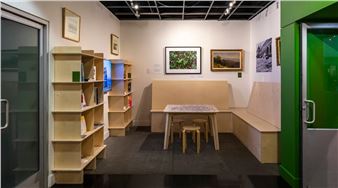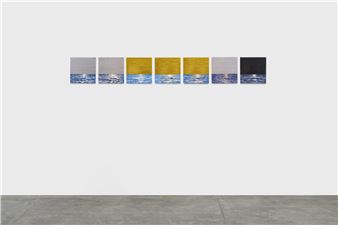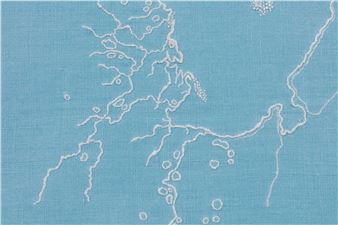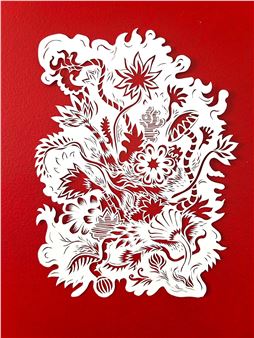Alvaro Seixas: The Importance of the Devil
Alvaro Seixas opens on November 28th the exhibition вҖҳThe Importance of the DevilвҖҷ, his second solo show at Cavalo. The Rio de Janeiro based artist known for his critical posture and comical posts that pin curators, gallerists, collectors and art collectives presents new works in the space in Botafogo neighborhood. The title, named after a 1932 essay by the Spanish writer JosГ© Bergamin, defends the relevance of the provocative and defiant agent role in the art circuit.
In вҖҳThe Importance of the DevilвҖҷ Alvaro presents a repertoire of paintings produced in 2019, with motives ranging from expressionist abstractions to reinterpreted mythological scenes, to cartoon characters and sentences about the art universe. To this end, Seixas evokes from the demons of English romantic poets John Milton and William Blake to the exoticized imagery of Jean-Baptiste Debret, a painter who portrayed the daily life of colonial Brazil.
Seixas continues his research on installational painting, choosing unusual layouts of works in space. This time the artist uses new features in his production, such as graphic prints on paper, fabrics, and photographic backgrounds, expanding and contradicting his title as a painter. The dynamics of digital images of smartphones are, alongside the tradition of painting, their source of inspiration.

Recommended for you
Alvaro Seixas opens on November 28th the exhibition вҖҳThe Importance of the DevilвҖҷ, his second solo show at Cavalo. The Rio de Janeiro based artist known for his critical posture and comical posts that pin curators, gallerists, collectors and art collectives presents new works in the space in Botafogo neighborhood. The title, named after a 1932 essay by the Spanish writer JosГ© Bergamin, defends the relevance of the provocative and defiant agent role in the art circuit.
In вҖҳThe Importance of the DevilвҖҷ Alvaro presents a repertoire of paintings produced in 2019, with motives ranging from expressionist abstractions to reinterpreted mythological scenes, to cartoon characters and sentences about the art universe. To this end, Seixas evokes from the demons of English romantic poets John Milton and William Blake to the exoticized imagery of Jean-Baptiste Debret, a painter who portrayed the daily life of colonial Brazil.
Seixas continues his research on installational painting, choosing unusual layouts of works in space. This time the artist uses new features in his production, such as graphic prints on paper, fabrics, and photographic backgrounds, expanding and contradicting his title as a painter. The dynamics of digital images of smartphones are, alongside the tradition of painting, their source of inspiration.

 ARTISTS
ARTISTS
















